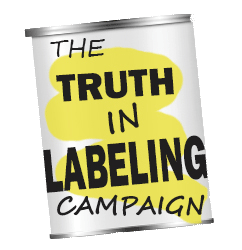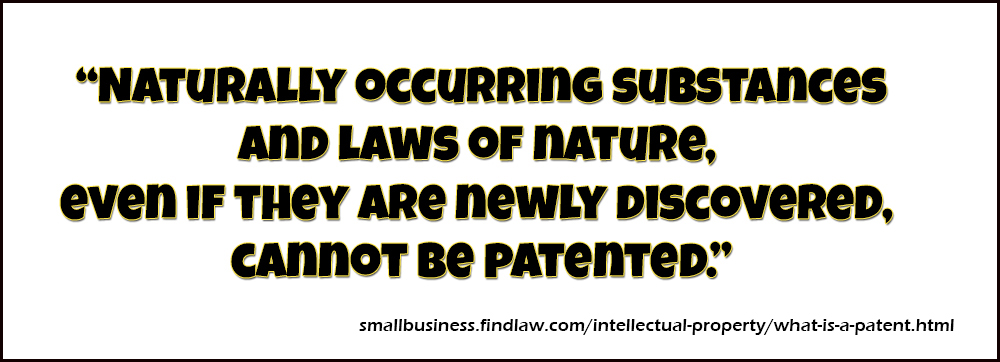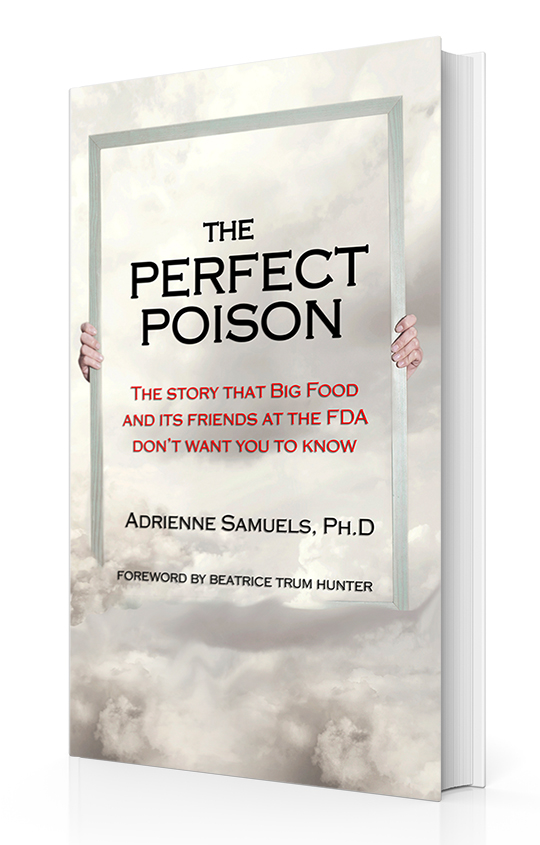Monosodium glutamate (MSG) found in an animal, vegetable, or mineral was manufactured and then ingested or added in some manner.
Below are just three examples of patents pertaining to the manufacture of MSG. There are literally hundreds more. MSG is man-made.
1. US3281247A – Process for producing monosodium glutamate
https://patents.google.com/patent/US3281247A/en
2. CN104211611A – New fermentation technology of sodium glutamate
https://patents.google.com/patent/CN104211611A/en
3. WO1996031459A1 – A process for the preparation of monosodium glutamate
https://patents.google.com/patent/WO1996031459A1/en
Below are general discussions pertaining to methods used in production of MSG (written by scientists, not by Ajinomoto’s hired hands).
1. Optimization of glutamic acid production by Corynebacterium glutamicum using response surface methodology
Naiyf S. Alharbia, Shine Kadaikunnana, Jamal M. Khaleda, Taghreed N. Almanaaa,Ganesh Moorthy Innasimuthub, Baskar Rajooc, Khalid F. Alanzia, Shyam Kumar Rajaram.
Journal of King Saud University – Science. Volume 32, Issue 2, March 2020, Pages 1403-1408.
https://www.sciencedirect.com/science/article/pii/S1018364719318440
2. Tasty waste: industrial fermentation and the creative destruction of MSG
Sarah E. Tracy
Food, Culture & Society (2019). 22:5, 548-65,








